Perth Royal Show: The District Displays
Each year the District Displays come alive with the flavours of Western Australia. From all corners of the State, ten regions each create an original display which shows off the best of agriculture and innovation. Designed and created by teams of volunteers they are a colourful celebration of human endeavour, artistic creativity, fresh produce, exhibitor competition and camaraderie.
To stroll through the District Displays in the Department Of Agriculture and Food Centenary Pavilion is to absorb the pride and effort associated with each region’s display will make you realise that the simple things in life are indeed often the best.
Stretching from the Pilbara in the State’s north, to the Great Southern, they offer a rare snapshot of Western Australia’s primary industries and is an impressive visual reminder of the contribution regional Western Australia makes to people’s lives and the economy
The District Displays began in 1927, lapsed during the war and started again in 1958. Set up originally to increase knowledge and interest in primary industries, the District Displays are an IGA Perth Royal Show draw card, attracting tens of thousands of visitors each year. Its appeal lies in an ability to tell stories about unique and rich country lives that many know little about.
We went through twice!
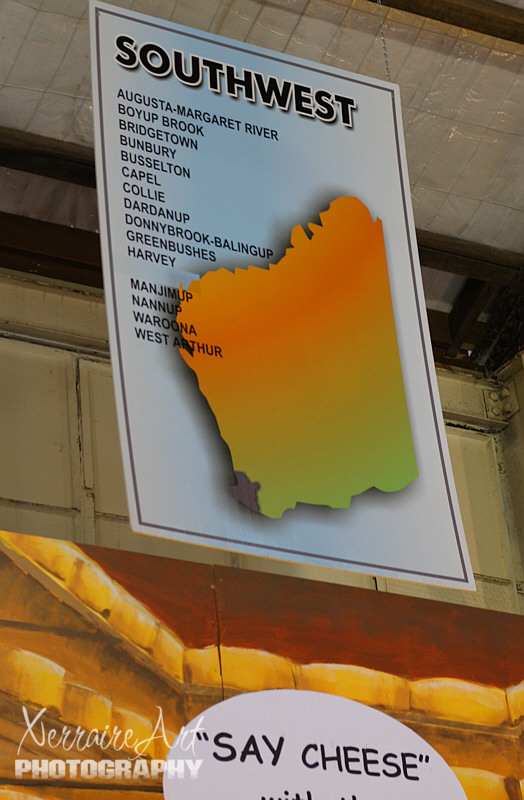
We started with the South West an area dear to my heart as this is where we were married and spent part one of our honeymoon. The South West region has an area of 23,970 km², and a population of about 123,000 people.
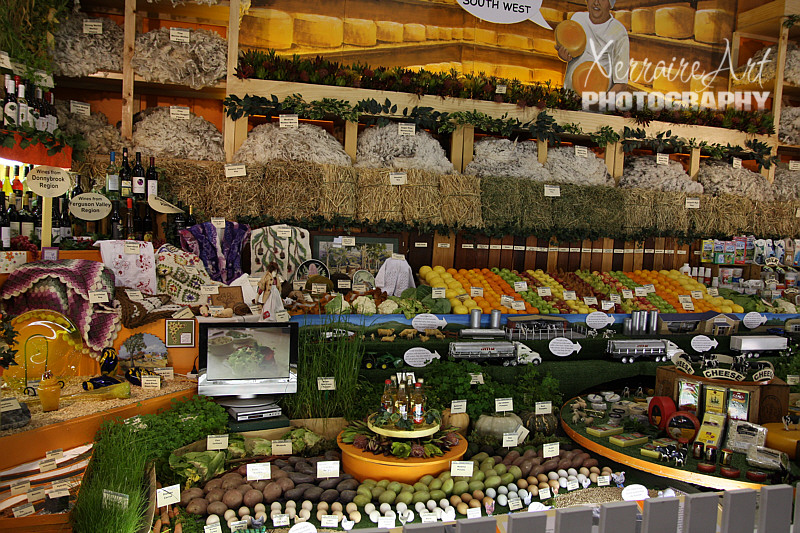
The South West has a Mediterranean climate, with dry summers and wet winters. About 900mm of rain falls per year, with almost all of it falling between May and September. Mean maximum daily temperatures range from 16°C (61°F) in July to 32°C (85°F) in February.
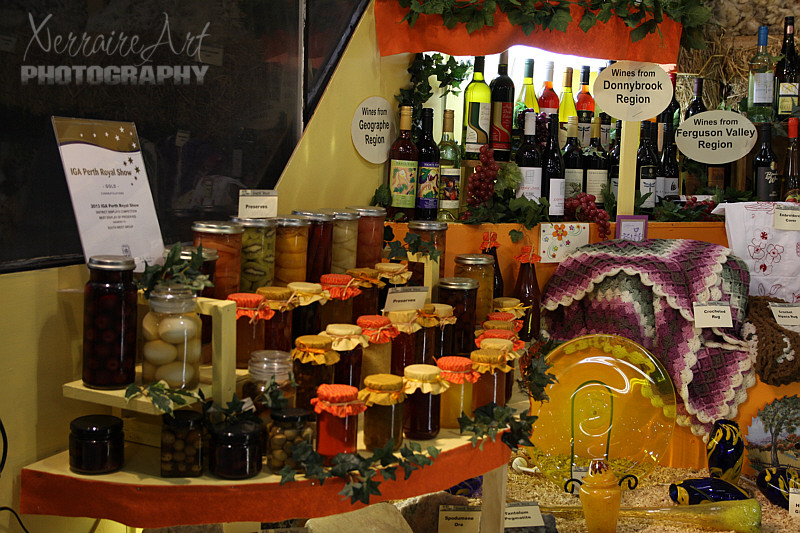
Thirty years ago Western Australia’s Margaret River region was depressed and its traditional primary industries such as dairy farming and timber were in sharp decline. But a new wave of winemakers and young surfers helped transform the Margaret River brand into one of Australia’s best for quality gourmet food and beverage.
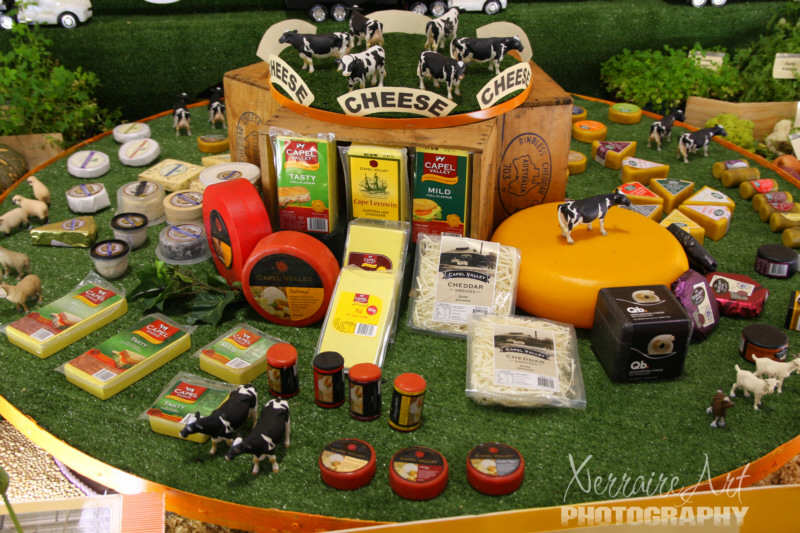
I got to see a display of familiar names in cheeses, brands my husband buys at the local IGA.
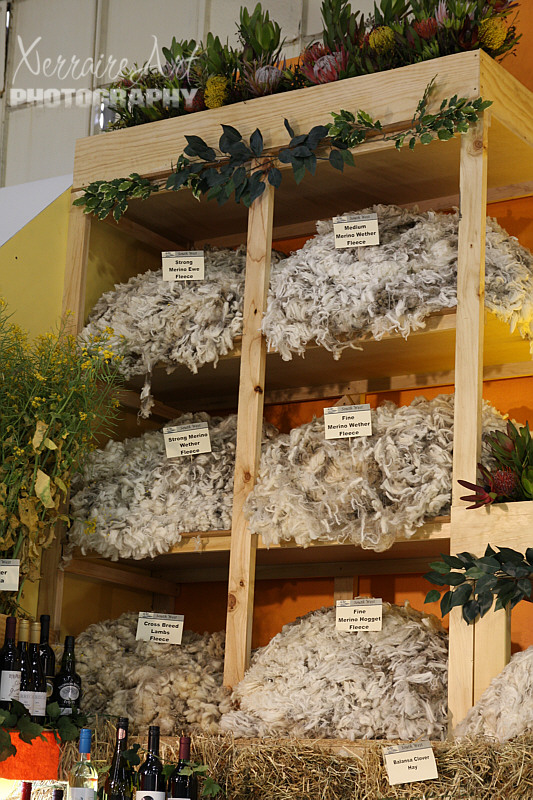
Almost every district had wool to show in their display. I sure do remember seeing a number of sheep in our travels in the South West.
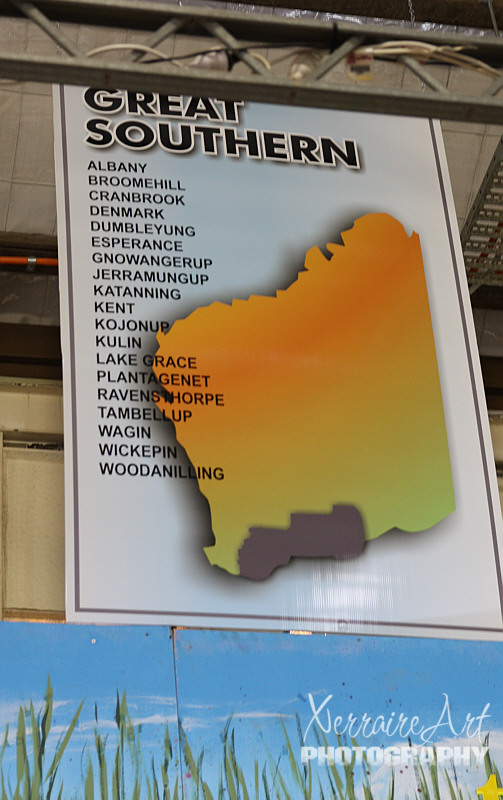
Great Southern is another area of Western Australia I’ve had the chance to see some of, this is where we spent the second half of our honeymoon at the Banksia Farm, it’s also the area John’s brother Andrew calls home.
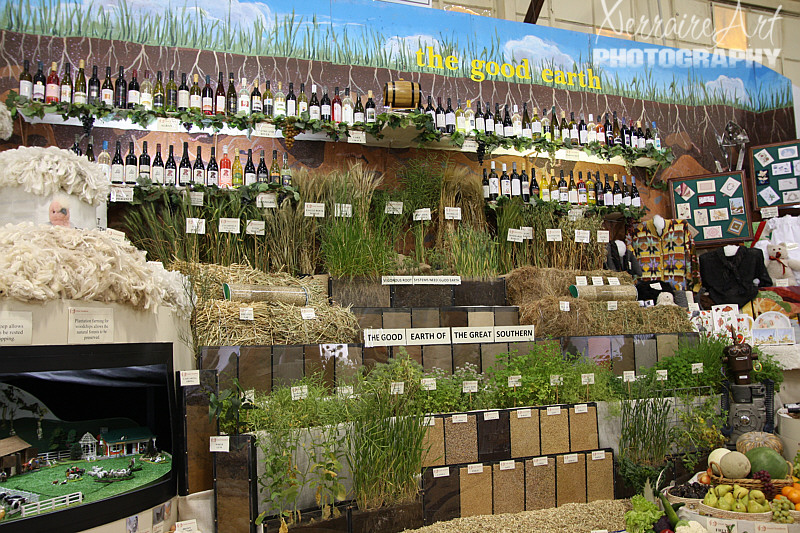
The Great Southern has an area of 39,007 square kilometres (15,061 sq mi) and a population of about 54,000. Its administrative centre is the historic port of Albany. The region has a Mediterranean climate, with hot, dry summers and cool, wet winters.
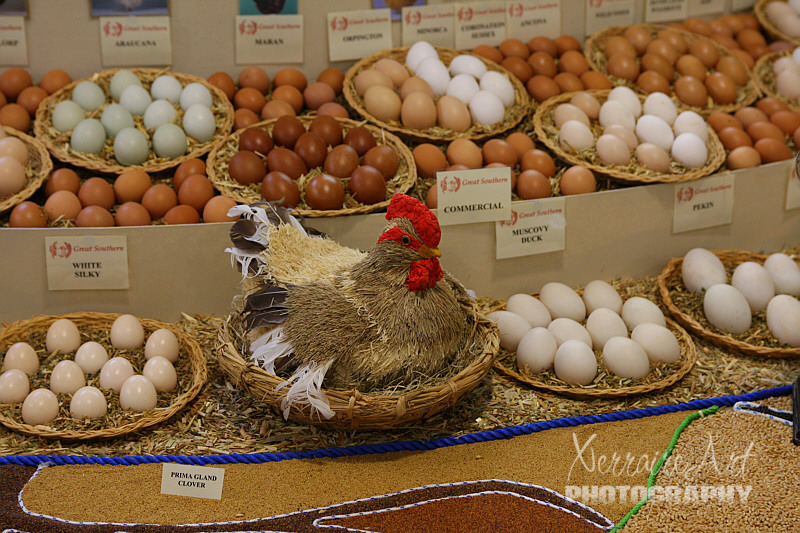
I never knew that many types of eggs existed. The economy of the Great Southern is dominated by livestock farming and crop-growing. It has some of the most productive cereal grain and pastoral land in the state, and is a major producer of wool and lamb. Albany is a major fishing centre.
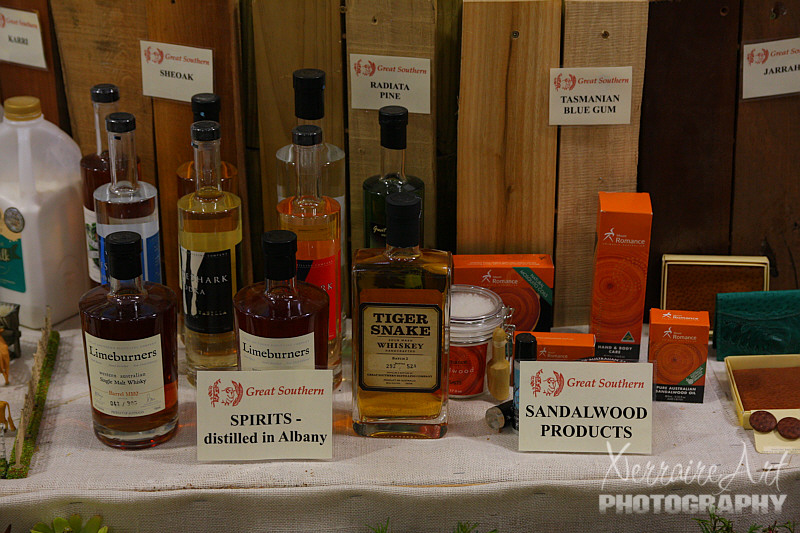
I’ve head Andrew speak of Tiger Snakes outside of his own house, but to put that name on a whiskey sounds lethal!
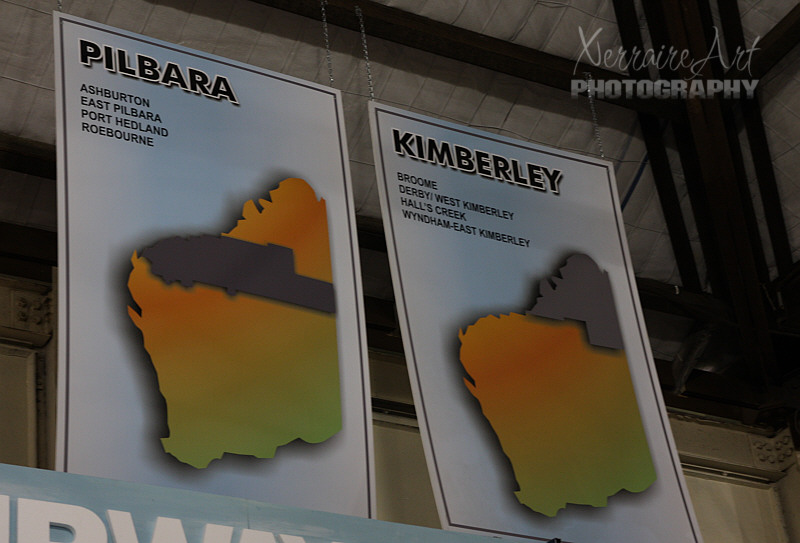
An area I haven’t visited yet…A visit to Australia’s North West will take you through some of the world’s most amazing untouched wilderness areas, giving you a real Australian outback experience.
Covering over one million square kilometres (four times the size of the United Kingdom), North West Australia is split into two areas of breathtaking natural beauty, the Kimberley region and the Pilbara region. The ancient landscapes of these regions are a contrast of rugged ranges, stunning gorges, pristine sandy beaches and untouched islands and reefs. They’re also home to wildlife, birdlife and plant species you won’t find anywhere else on the planet.
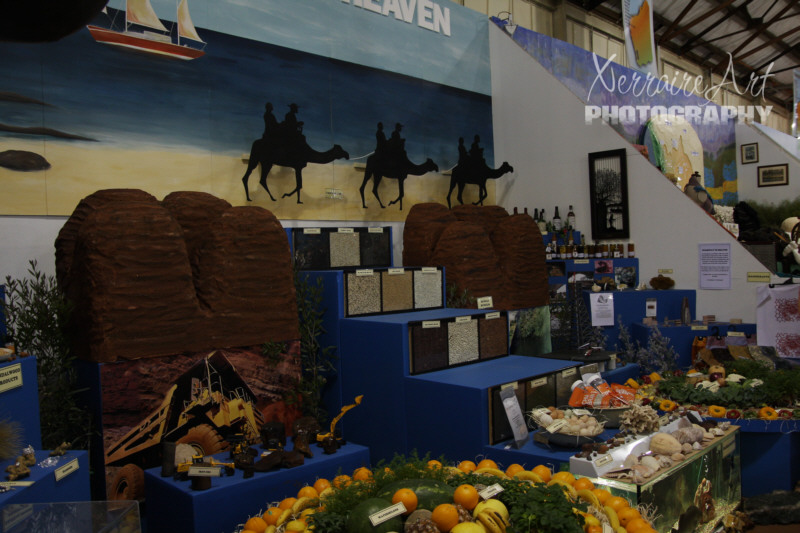
The North West is Western Australia’s primary resource producing minerals, oil and gas at an international scale.
It is a vast region encompassing the Pilbara with a land area of over half a million square kilometres as well as extensive oil and gas fields off the coast. Commodities produced in the region include iron ore, copper, gold and silver, manganese and salt, and a range of hydrocarbons including crude oil and condensate, liquefied natural gas, natural gas, LPG Butane and Propane.
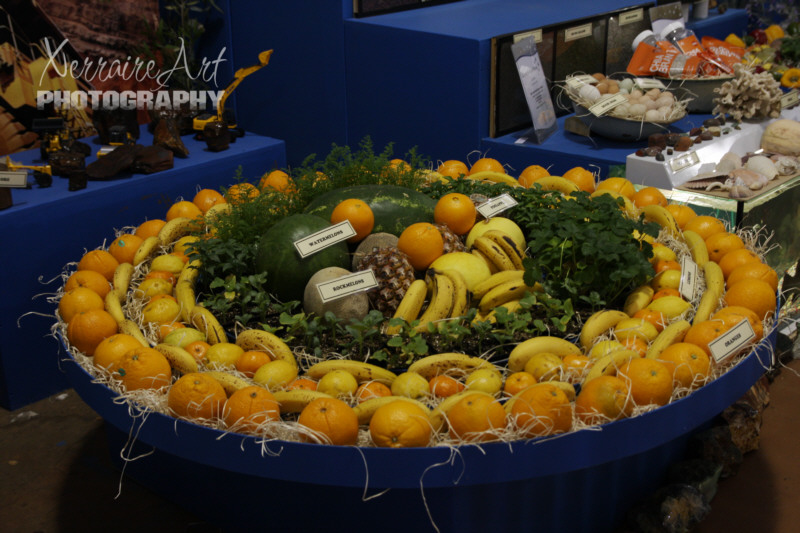
New growing areas at Carnarvon and Kununurra, in the north of the State, have shown good expansion potential for red fleshed grapefruit and summer lemons.
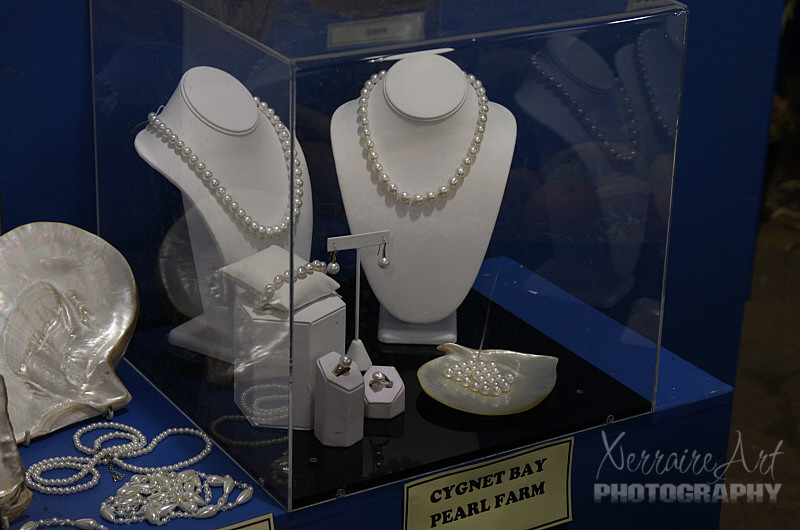
Why not add pearls to all of Australia’s treasures? Pearling in Western Australia existed well before European settlement. Coastal dwelling Aborigines had collected and traded pearl shell as well as trepang and tortoise with fishermen from Sulawesi for possibly hundreds of years. After settlement the Aborigines were used as slave labour in the emerging commercial industry. Pearling centred first around Nickol Bay and Exmouth Gulf and then around Broome to become the largest in the world by 1910. It remains an important part of the Western Australian economy.
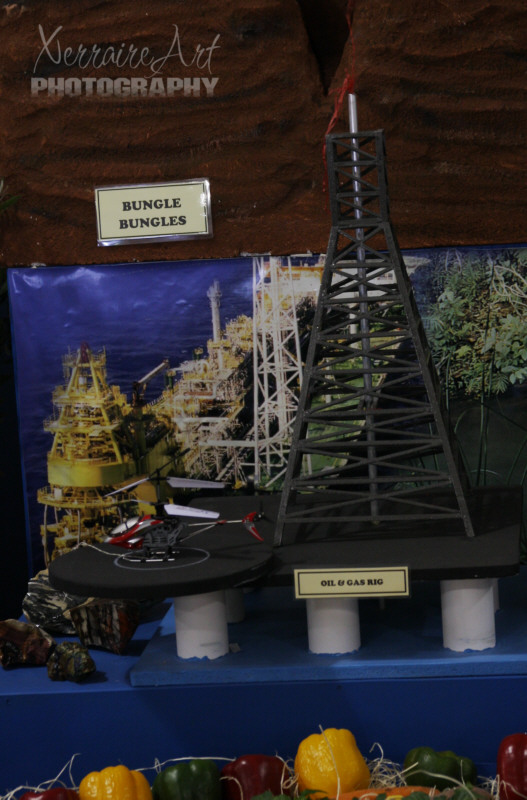
The petroleum industry in Western Australia is the largest contributor to Australia’s production of most petroleum products. Based largely on development of the reserves of the North West Shelf and other onshore hydrocarbon basins, the industry extracts crude oil, condensate and natural gas from petroleum reservoirs deep beneath the Earth’s surface. A large plant located at Withnell Bay near Dampier, produces liquefied natural gas (LNG) for export to Asian customers.
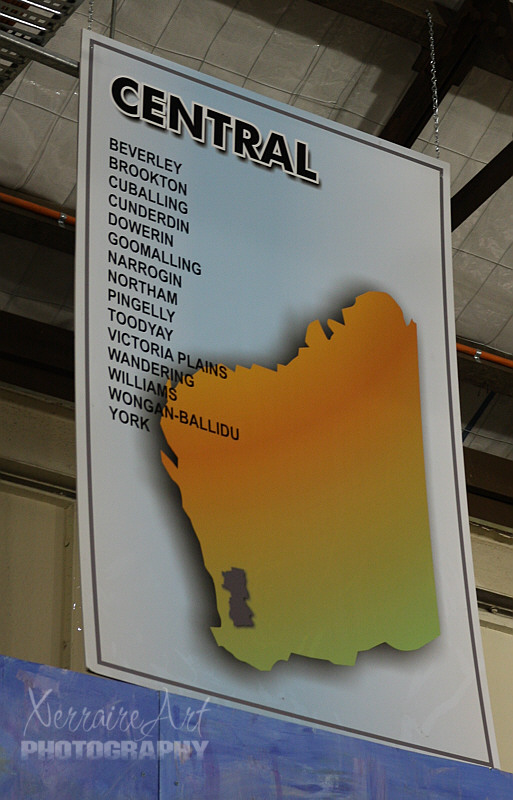
Yet another area I can say I have visited: It is very arid, and is mainly used for pastoral farming of sheep. Mining of gold, nickel and iron ore also occurs. The remainder of the region is highly suited to agriculture, and is the source of nearly two thirds of the state’s wheat production, half of its wool production, and the majority of its lamb and mutton, oranges, honey, cut flowers and a range of other agricultural and pastoral products.
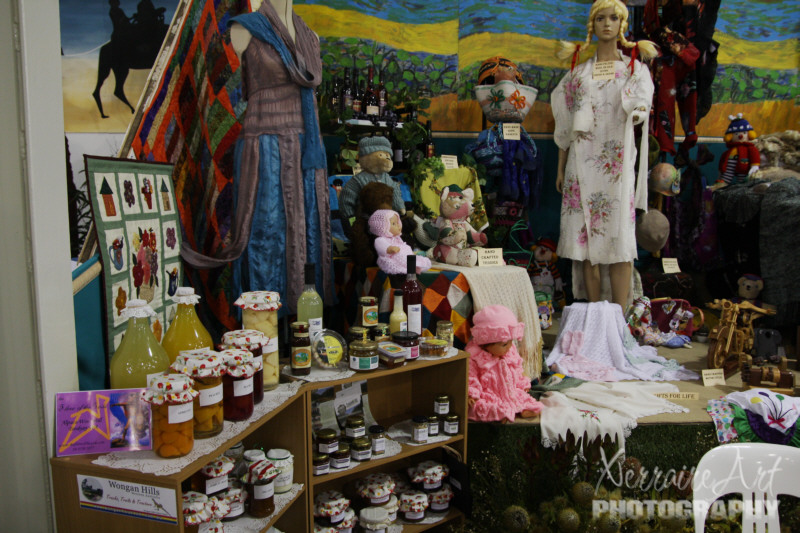
It encompasses a range of ecosystems and, as a result, there are a range of industries operating in the region.
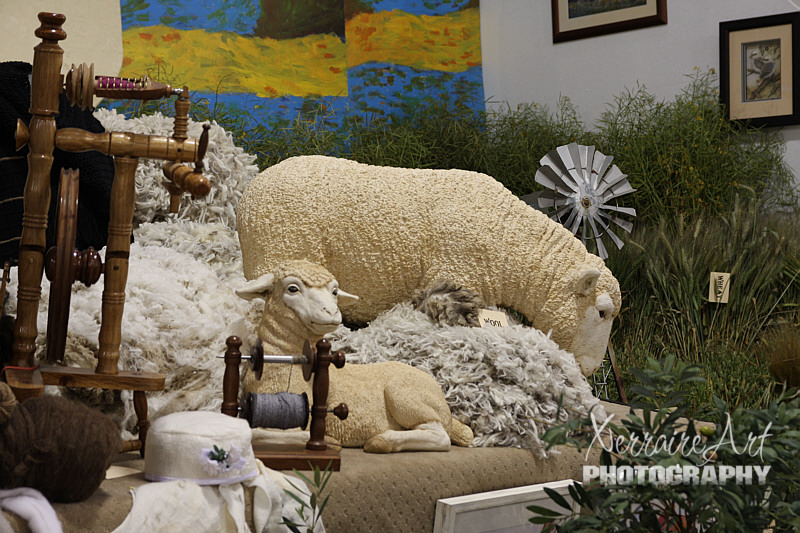
Wool is a natural fibre which grows on sheep, and is a bit like hair. When it is cut, it grows back. Wool clings together and is environmentally friendly. By eating grass and drinking water, sheep produce a fibre that no scientist using chemicals can copy.
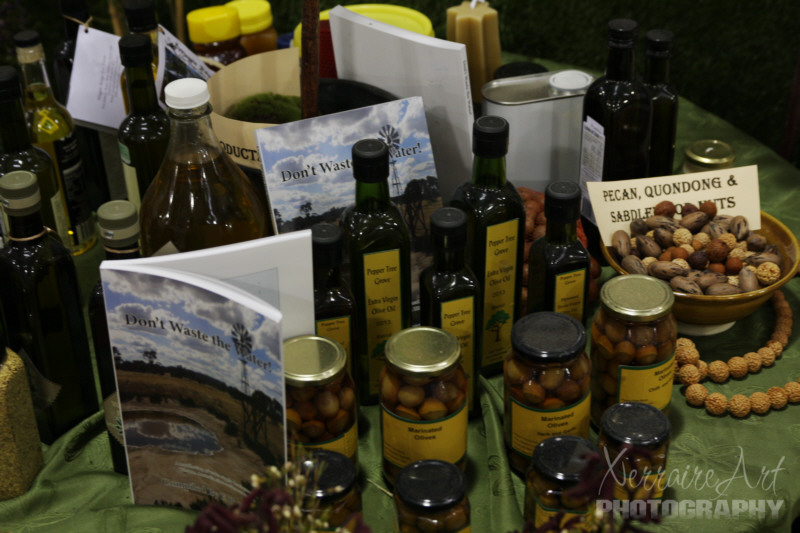
The cultivated olive (Olea europea) was introduced to Australia around 1805. At first, there was little commercial interest due to the predominantly English population using the ample supplies of animal fats. However, following World War II, the large number of immigrants from Mediterranean countries resulted in an increased interest in olives and olive oil and demand rose dramatically.
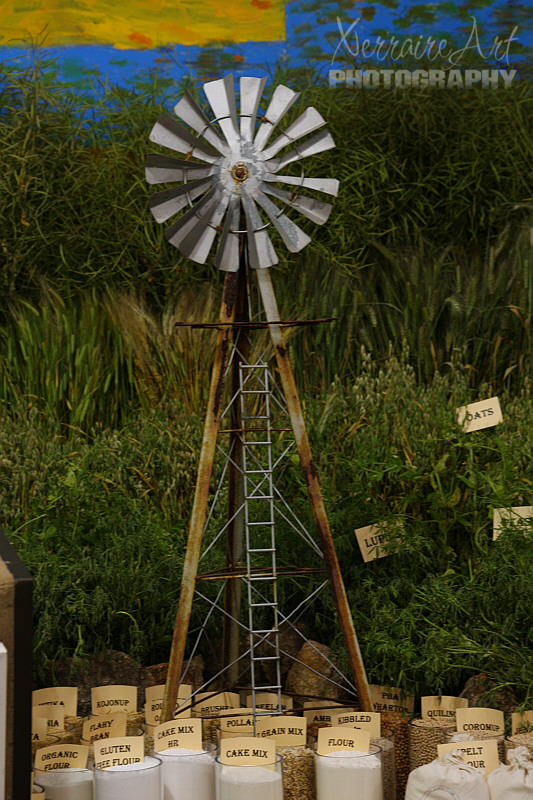
he region is highly suited to agriculture, and is the source of nearly two thirds of the state’s wheat production, half of its wool production, and the majority of its lamb and mutton, oranges, honey, cut flowers and a range of other agricultural and pastoral products.
Part two of District displays soon…

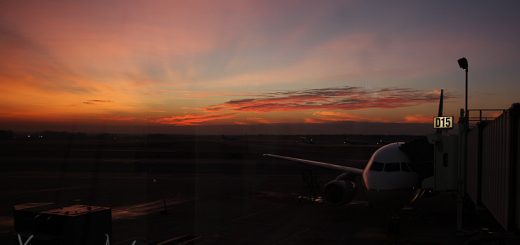









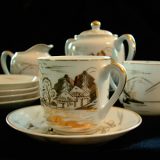
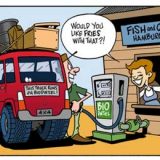
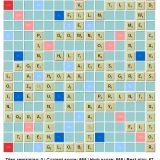
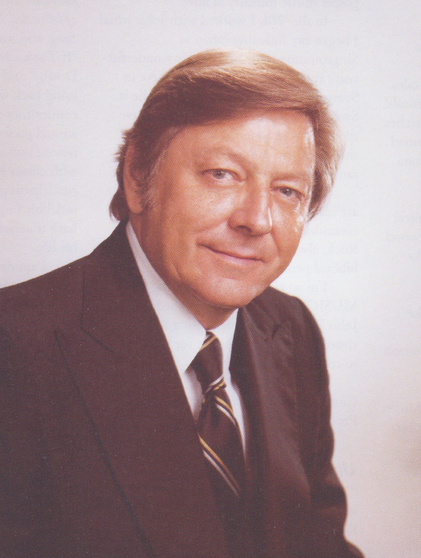

1 Response
[…] Part 1 HERE Since this is a region around Perth, this is one more area I have spent some time in, as we live here Traditionally this area was under the care and control of the Yued, Whadjuk, Binjareb and Wardandi Noongar peoples, whose hunter-gathering firestick farming practices maintained the climax vegetations old growth forests observed at the time of first contact. At this time the Kwongan heathland was much more widespread along the coast. […]